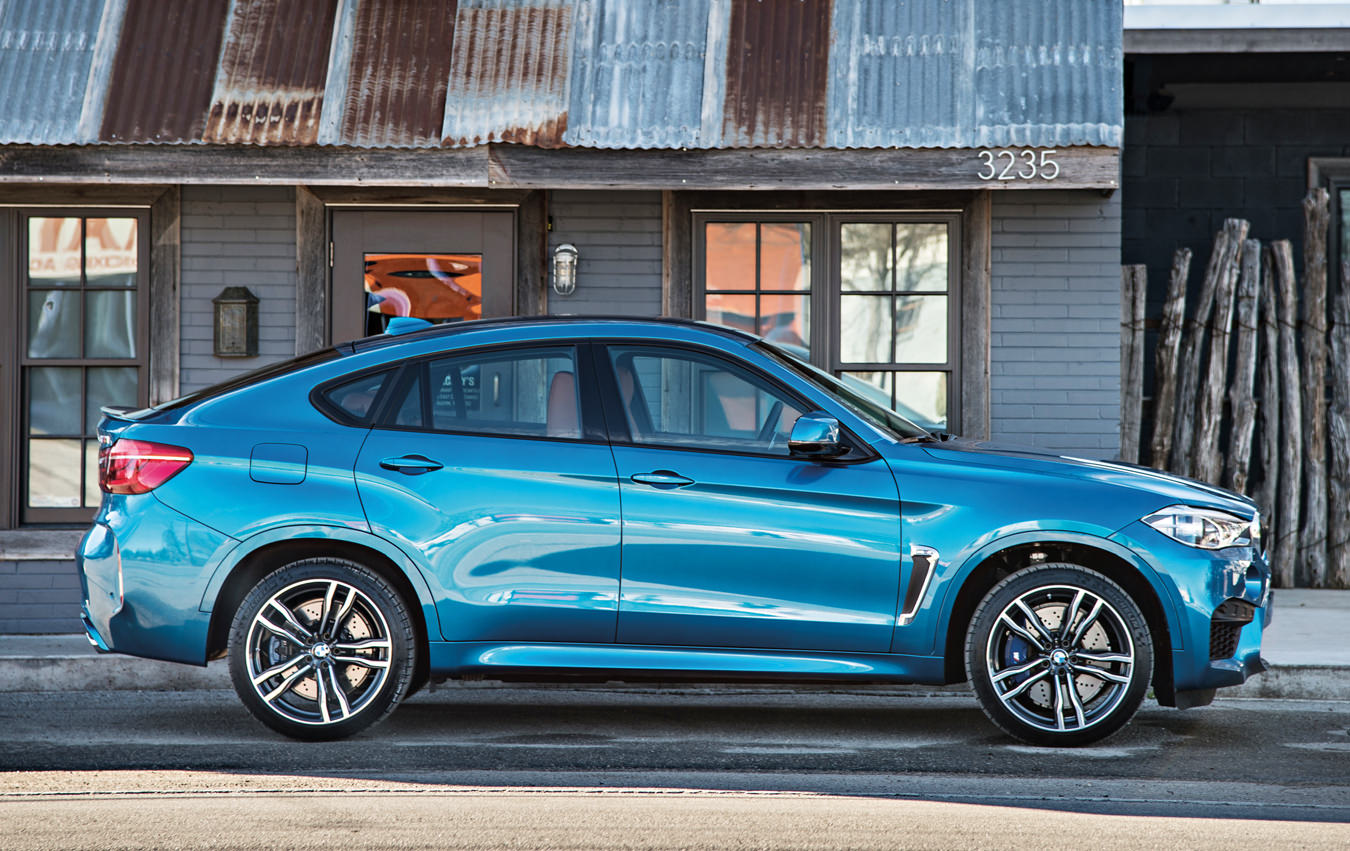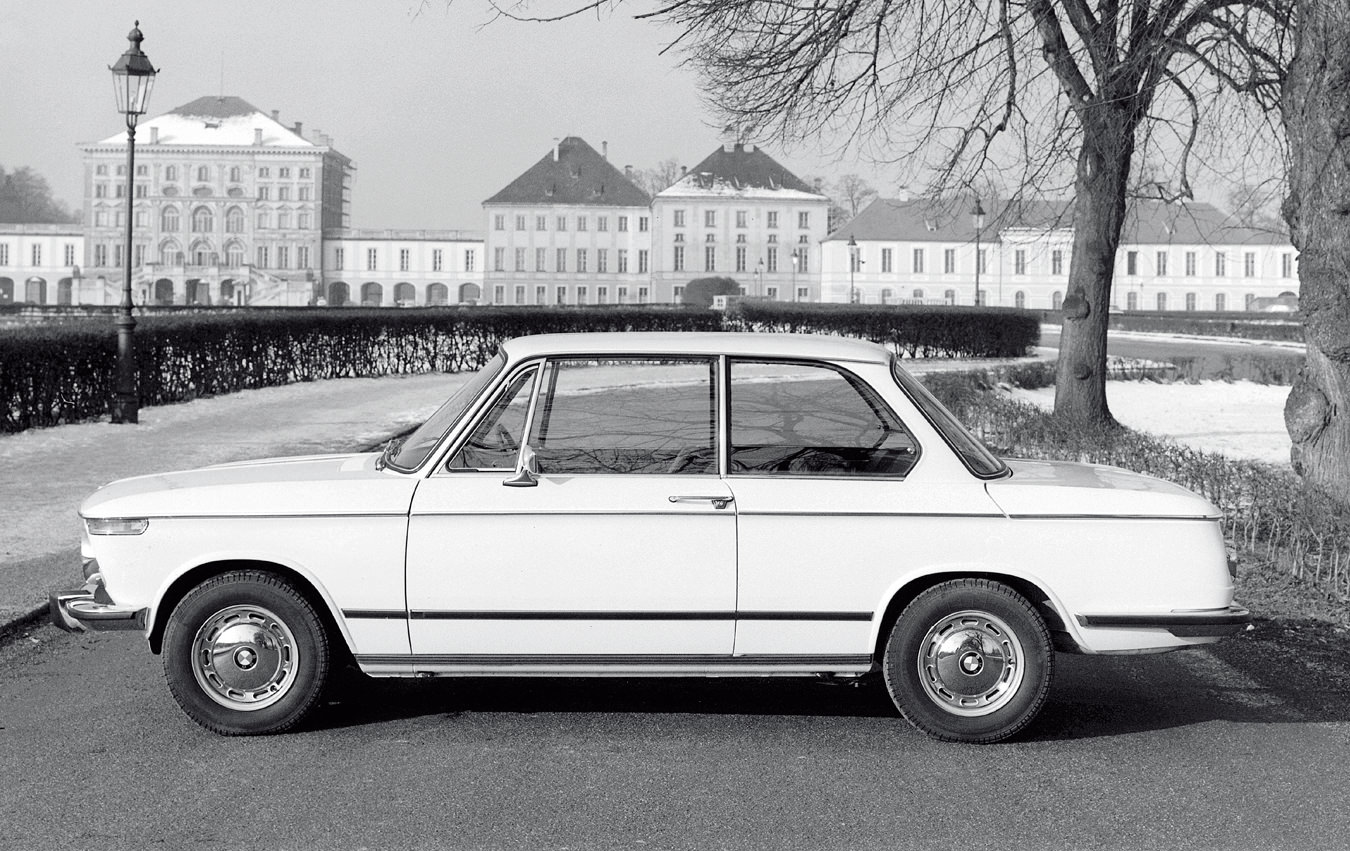Fond memories of a first German car—the 1974 BMW 2002 that served to power a transition from higher education into the high-powered working world. It was a sky-blue notchback, a two-door sedan with a trunk, a perfectly simple and decidedly inspired design that would go on to be considered groundbreaking. In profile, the hood and the trunk of the 2002 reside along the same horizontal plane; this quality makes the greenhouse created by the large windows appear almost an afterthought, a bubble resting on the surface of still water. It was purchased 15 years after its first owner, and many years before it would cement a reputation as a cult classic.
The BMW 2002 is a front-engine, rear-wheel drive compact sedan with a low centre of gravity, a short wheelbase, and wheels that have been pushed so deep into the corners they seem on the verge of coming out the other side. Another defining characteristic of the car, the aggressively angled front grille—shark-nosed, in the parlance of the times—is the ideal frame upon which to mount the classic kidney-shaped grille insignia. Immediately above this arresting combination, the blue-and-white logo is set into the leading edge of the hood. These classic design features would eventually carry forward from the 2002 to the BMW 3 Series, which debuted in 1976 and has since gone on to become the volume leader among all luxury/sport sedans sold today.
Next year, the company that began as Bayerische Motoren Werke (Bavarian Motor Works) celebrates its centenary—it will have been 100 years since the firm first began manufacturing aircraft engines before moving on to motorcycles (1923) and then cars (1928). This auspicious occasion may cause one to consider the impact the first-ever 2002 had on the motoring landscape when it rolled off the assembly line in Munich nearly 50 years ago. But what car from the current BMW fleet will be considered to have had an equivalent or greater impact 50 years down the road?
The opportunity to strong-arm the BMW X6 M around Circuit of the Americas, the F1 track in Austin, while pursuing former F1 driver Timo Glock in an identical and equally anachronistic BMW X6 M, is one of good fortune. The thing is an absolute technological marvel, seemingly capable of bending the very laws of physics, a 2,352-kg coupe-shaped SUV. The chance to experience two days of ultra-high-speed training around the infamous Nürburgring Nordschleife in a BMW M6 coupe is a beautiful thing. The BMW i8 is another current model that makes a strong case for being considered a groundbreaker a half-century from now. This hybrid sports car features incredible balance and cornering capability; further, it boasts a combined 362 horsepower from its hybrid powertrain and acceleration that’s a fraction slower than the current M3. Besides this, the i8 looks so futuristic, it makes every other vehicle seem as if it’s been abandoned by the side of the road.
But the vehicle that is most like a 21st century version of the 2002 is the all-electric BMW i3. Like that old 2002, the i3 is a rear-wheel drive car with a low centre of gravity and surprisingly nimble handling characteristics. Unlike the 2002, the i3 can be recharged and run on battery power alone—and it sprints to 100 km/h from a dead start in just over seven seconds, a full five seconds quicker than an older BMW could manage on the best of days.
Right from the very beginning, BMW was founded on the internal combustion engine. As the company edges ever closer to the start of its second century, it is venturing further afield in a bid to redefine what “the ultimate driving machine” will mean in the future.









